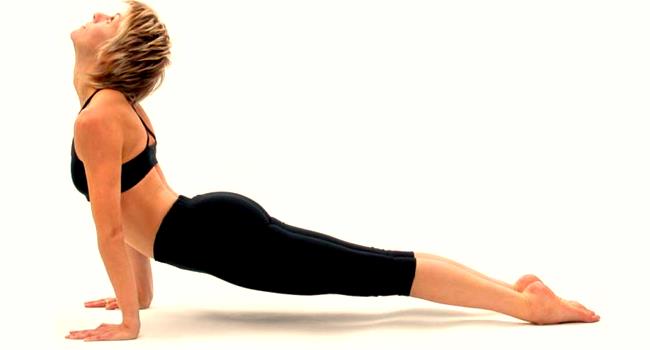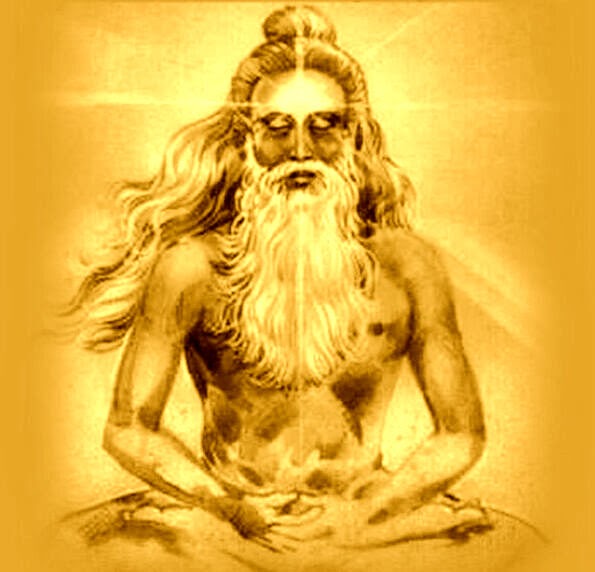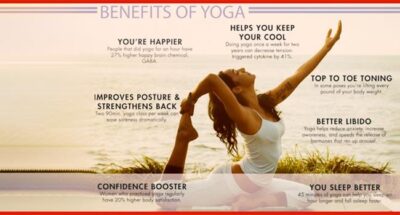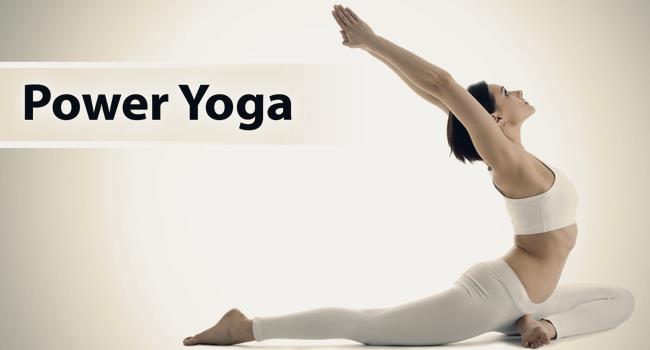
An Introduction to Hatha Yoga
Yoga is all about to bring balance between the body, mind and ultimately connect to the true Self, also known as the ‘Divine essence’. This is the True Wisdom of Yoga. “Hatha Yoga” primarily focusses on the practice of physical yoga postures (Yogasanas). But these postures or Asanas are not exercises.
As per the Sadhguru, the founder of the Isha (Yoga) Foundation, Hatha Yoga is a Yoga discipline, all about understanding the mechanics of the body, creating a certain atmosphere, and then using the body or body postures to drive your energy in specific directions. He describes as it is a physical preparation of the body for a higher possibility. If you consciously get your body into different postures, you can also elevate your consciousness.
Health Benefits
There are also many health benefits of practicing Hatha yoga poses since this type of yoga affects all aspects of the person’s body and mind during the course of the class. Through Hatha Yoga, the person’s anatomy and physiology is affected because it becomes more relaxed and flexible, able to handle more stressful situations since the individual has learned how to breathe and relax in Breathing exercises (Pranayama).
Recommended Books
Affect on Lower Limbs
The lower parts of the person’s anatomy are affected by Hatha yoga in a few different ways. While certain muscle groups of the legs are working, other muscle groups should be relaxed, putting the individual more in touch with their legs through the anatomy of Hatha yoga. In addition, there are other poses that require the individual to hold one leg up in the air while balancing on the other leg.
These poses require that the individual learns to focus their attention down through the bottom of their foot so that they stay stable during the pose, as well as relaxing their face and other muscles that are not working. If the person is not able to relax during the balancing pose, he is more likely to fall over and have to regain position again.
Affects on Upper Limbs
In the upper body parts of the person’s anatomy, Hatha yoga requires that the full bodyweight of the person be held at times, as well as maintaining different balancing positions on the hands as well as one hand and one foot. This helps to build the upper body strength for the person, as well as increasing flexibility and adding to the relaxation techniques described above for the legs.
There are also poses that help the internal parts of the person’s physiology since Hatha yoga poses are also designed to help massage the internal organs and stimulate functioning in these organs to keep them healthy and strong. The end of every Hatha yoga class is lying on the back and breathing slowly, relaxing the entire body, which helps individuals to relax in their every day lives as well.



